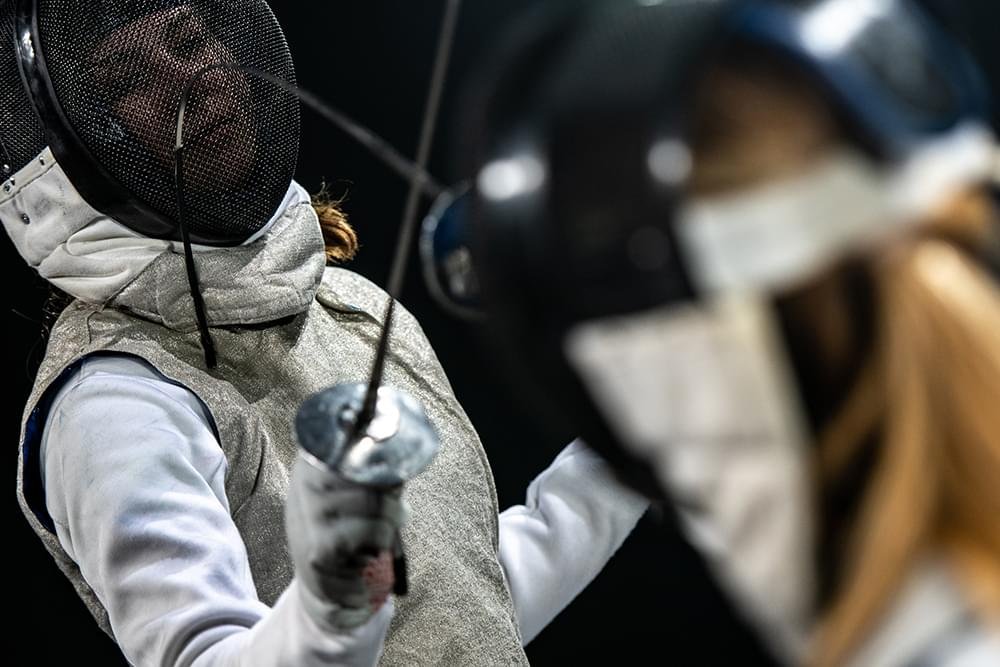
Italian competitive fencing, a discipline marked by tradition, precision, and elegance, stands as one of the most respected and refined sports not only in Italy but globally. The sport's lineage in Italy traces back to the Renaissance, and over centuries, it has evolved into a highly technical and strategic modern sport. This article explores the history, techniques, significant figures, and the current state of competitive fencing in Italy.
Fencing in Italy has roots that stretch back to the Renaissance when the sword was as much a tool of warfare as a symbol of personal honor. Italian masters like Fiore dei Liberi, who penned *Fior di Battaglia* in the 1400s, were pioneers in formalizing fencing techniques and etiquette. The treatise is among the oldest surviving fencing manuals and reflects the early emphasis on artistry and skill in combat.
During the 16th century, the Italian fencing style started to flourish significantly under masters such as Agrippa and Capo Ferro, who emphasized the rapier as a primary weapon. Their writings and schools shaped the Italian technique, focusing on agility, quickness, and precise thrusts which dominated European fencing standards.
As fencing transitioned from military training to a more sportive competition, the Italian style adapted. The 19th century saw the introduction of the foil—a weapon that allowed fencers to focus on technique and safety, emphasizing non-lethal hits scored primarily through the tip of the blade. The Italian school of fencing, characterized by a strong defensive stance and aggressive point control, became prominent worldwide.
Italian fencing revolves around three main weapons: the foil, epee, and sabre, each with unique rules and scoring systems. The foil, with its rules of right of way and target limited to the torso, reflects the precision of the Italian style. The epee, similar to the dueling swords of the past, offers a full-body target and no right of way, which requires careful timing and extreme accuracy, hallmarks of Italian training methods. The sabre, characterized by its use of both the edge and the tip of the blade, allows targets above the waist and combines the traditional Italian emphasis on quick advances and retreats with powerful cutting strikes.
Training in Italian fencing is rigorous, with a strong focus on footwork, stamina, and strategic planning. Techniques such as the *lunge* and *parry-riposte* are perfected from a young age. Italian fencers are known for their defensive skills, often using subtle body movements to evade attacks, which they pair with quick, sharp counter-attacks. This duality of grace and aggression makes the Italian style distinct and effective in competitive fencing.
From the historical masters who penned the early manuals to modern Olympic champions, Italy's fencing legacy is decorated with illustrious figures. Legendary fencers like Nedo Nadi, who remains the only fencer to have won a medal in all three weapons at a single Olympics (1920), have set high standards for skill and versatility. In women's fencing, Valentina Vezzali stands out with her six Olympic gold medals, making her one of the most successful fencers of all time.
The tradition continues with modern champions like Aldo Montano in the sabre, who has maintained Italy's dominance on the global stage. His victories in the World Championships and Olympics showcase the effectiveness of Italian techniques and training methodologies.
Today, Italy continues to be a powerhouse in world fencing, consistently ranking at the top in international competitions. The Italian fencing federation (Federazione Italiana Scherma) plays a crucial role in nurturing talent from a young age through national training centers, which emphasize not only physical prowess but also mental toughness and tactical brilliance.
Competitive fencing in Italy is more than just a sport; it is part of the cultural fabric. It is a display of historical continuity, a testament to the country's rich heritage in the art of fencing. Events like the annual *Trofeo Carroccio* and *Coppa del Mondo di Scherma* in Padua invite fencers from around the world to compete, promoting cultural exchange and mutual respect through sport.
Italian competitive fencing, with its deep historical roots and continued success at the highest levels, demonstrates the enduring appeal and strategic depth of the sport. The Italian approach to fencing, focusing on precision, technique, and mental agility, continues to influence the global fencing community, cementing Italy's place at the forefront of this elegant and challenging sport.
This exploration into Italian competitive fencing highlights not only its past achievements and cultural significance but also its vibrant present and promising future, ensuring its place in the annals of sportive history as much more than a mere physical contest, but a continual evolution of art and science.

More Details